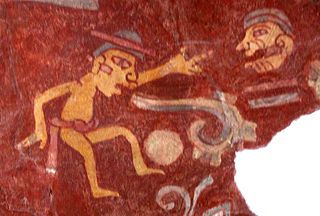RATIONALE: Experiment:
hypothesize and make "errors." You learn through "correction," that
is by gradual adjustment of hypotheses about the patterns of
language.
The idea behind the exercises below is
that the reader is presented with models of change, transformations,
and by examination will be able to figure out, more or less, what
change rules will transform the initial sequence (input) of symbols,
words or sentences into the resultant one (output). Answers may be
given for problems that are particularly difficult.
For example, if the model is XYZ
--> ZXY, the pattern input abc yields the output cab,
i.e. abc --> cab. Similarly, 436 -->643.
Some symbols may be items in the language, others
might be cues about the language. For example,
suppose the pattern is:
The chemists study English (?) -->
Do the chemists study English?
The problem input might be The
sailors learn to tie knots (?) -->which yields the output Do
the sailors learn to tie knots?
PROCEDURE: (This is, in
practice, much simpler than it may sound.)
a. Examine model inputs and outputs
b. Propose (a hypothesis) how the transformation in made.
c. Take first problem example. Generate output. (Outputs may not
be unique, depending on generation rules.)
d. Check against given answer, if available, to confirm or correct
hypothesis. Go to next problem.
e. There is some one process which will yield answers
for all the problems in the exercise. It will not change from
problem to problem.

